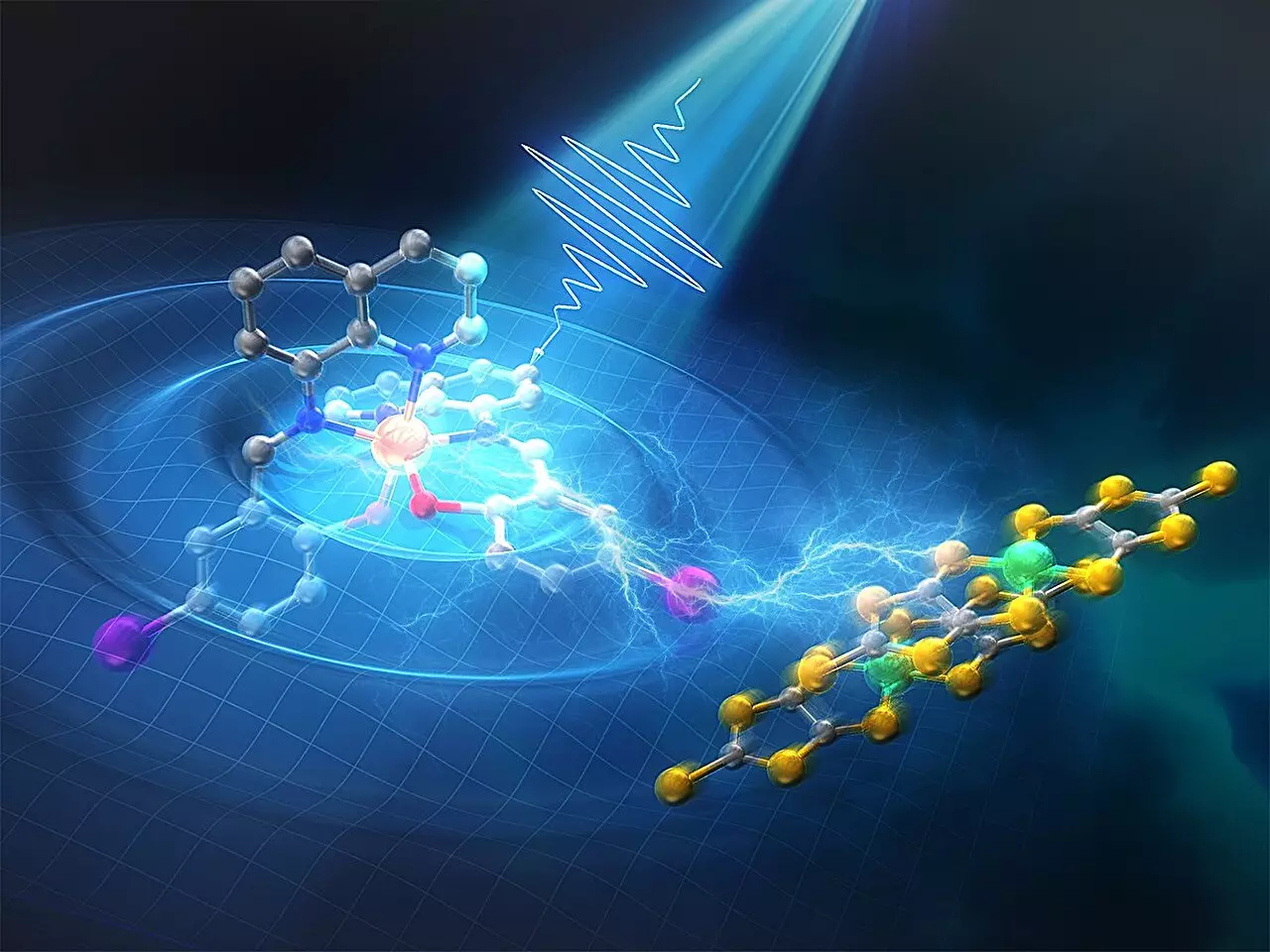Halogen bonds play a crucial role in directing sequential dynamics in multi-functional crystals, leading to rapid photoinduced changes within supramolecular systems. Understanding the distinct nature of halogen bonds is essential for crystal engineering and the development of innovative photo-functional materials. However, the influence of halogen bonds on the rapid photoinduced changes within supramolecular systems remains largely unexplored due to a lack of experimental techniques that can directly observe the halogen bond in action.
A team of researchers, led by Assistant Professor Tadahiko Ishikawa from the Department of Chemistry at the School of Science at Tokyo Institute of Technology, embarked on a study to explore the photoinduced dynamics associated with halogen bonds in multi-functional crystals. They combined three methods: time-resolved transient visible absorption spectroscopy, time-resolved mid-infrared reflectivity spectroscopy, and ultrafast electron diffraction to study the dynamics from different viewpoints, covering electronic, vibrational, and structural aspects of the system.
The researchers uncovered the existence of a photoinduced transient intermediate state (TIS) different from the low-temperature (LT) and high-temperature (HT) phases, characterized by specific properties of the cations and anions in the crystal. The TIS state is achieved within a few picoseconds, while the final state, similar to the HT phase, is reached through sequential slow dynamics over approximately 50 picoseconds.
The researchers conducted quantum chemistry calculations using the ultrafast electron diffraction results to elucidate the role of the halogen bonds in the photoinduced sequential dynamics. Their analysis revealed the persistent influence of halogen bonds between the cation and the anion in guiding the sequential dynamics. The researchers found that photoexcitation of the cation leads to the expansion of the ligand shell, reaching the TIS state, which then transfers energy to the anions through vibrational energy transfer via halogen bonds.
The study highlights the importance of ultrafast investigations in monitoring electronic and structural dynamics in multi-functional crystals. By understanding the role of halogen bonds in directing sequential dynamics, researchers can gain insights into developing materials with ultrafast response times for various applications such as multilevel optical storage. The findings of this research offer a deeper understanding of the synergistic spin transition and provide a basis for further exploration into the applications of halogen bonds in crystal engineering.
The study by researchers led by Assistant Professor Tadahiko Ishikawa sheds light on the significance of halogen bonds in the ultrafast dynamics of multi-functional crystals. By uncovering the role of halogen bonds in directing sequential dynamics, the research provides valuable insights for the development of materials with rapid photoinduced changes. This study opens up new possibilities for utilizing halogen bonds in crystal engineering and developing innovative photo-functional materials with enhanced properties.


Leave a Reply